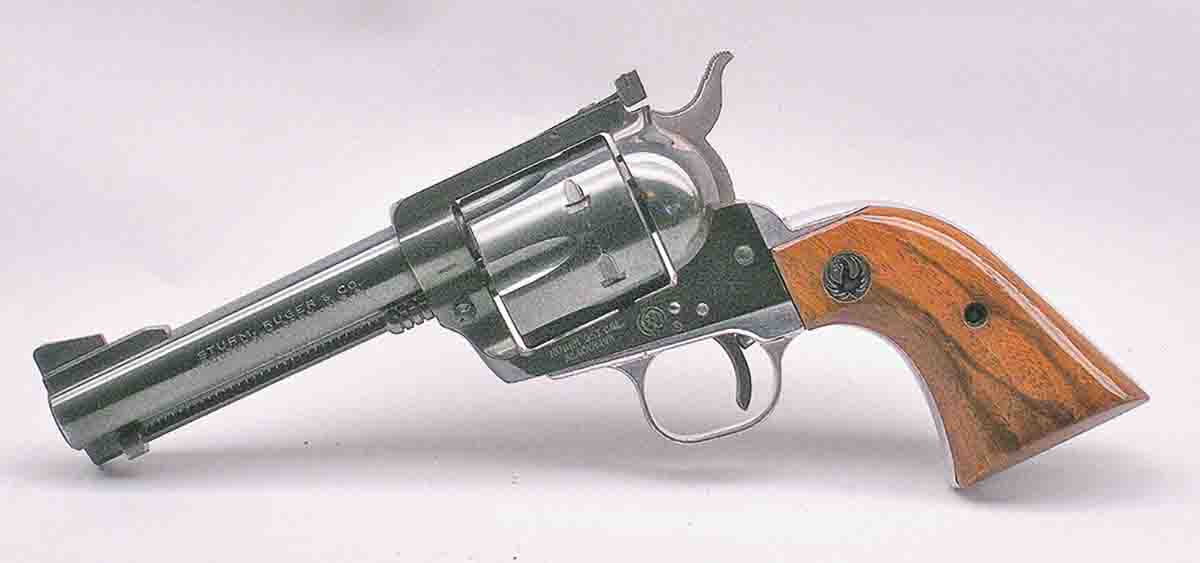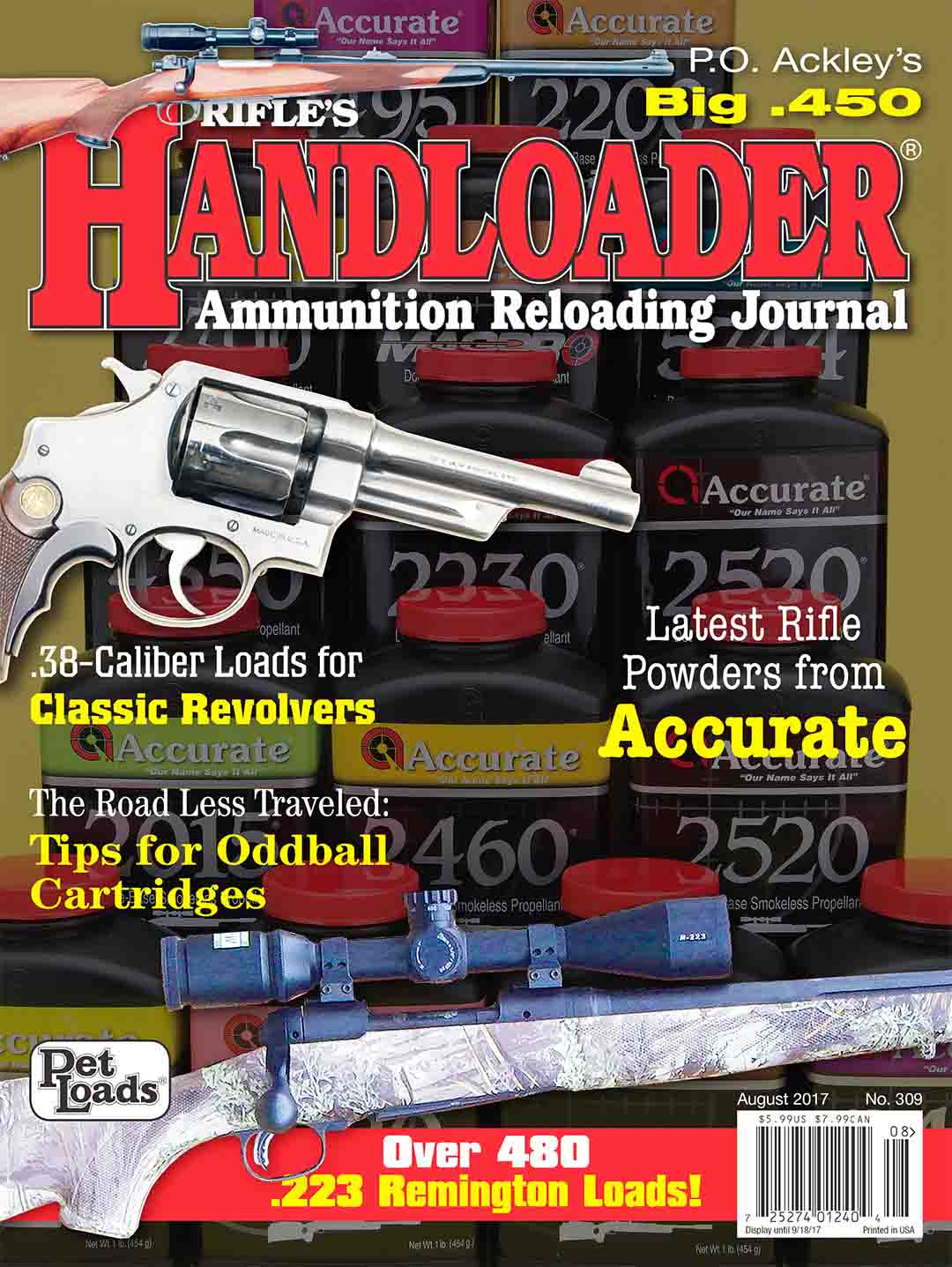Reloader's Press
The Blackhawk Story
column By: Dave Scovill |
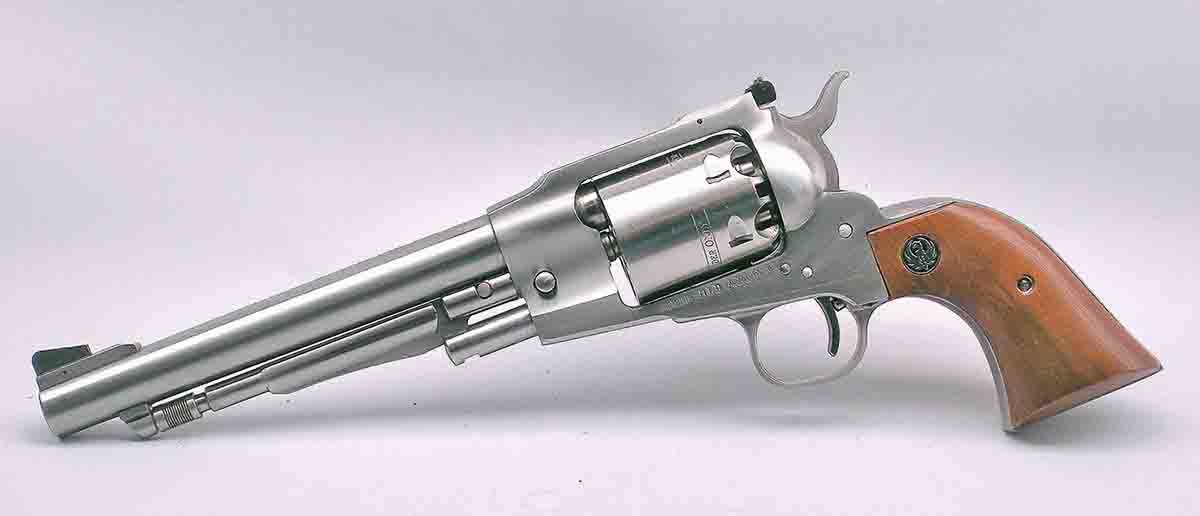
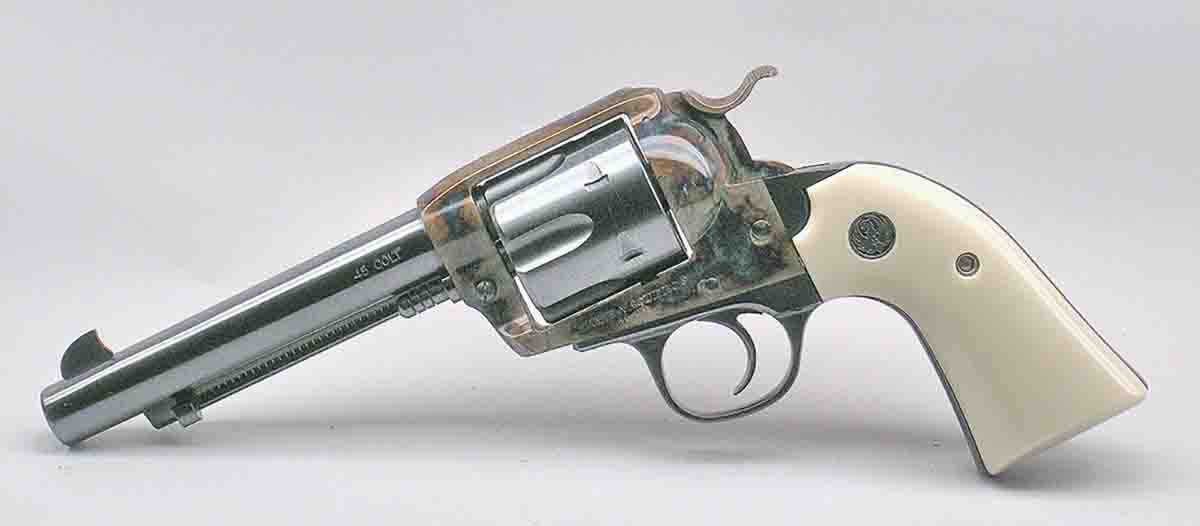
Nearly 60 years after the discovery of the Ruger .22 rimfire single action while shuffling through outdoor magazines, fate found me in Bill Ruger’s home in Prescott, Arizona. I asked: “The Single Six was quite a departure from what we now know as the Mark I. How did that happen?” Mr. Ruger responded, “With success of the .22 pistol, I made up a prototype single-shot pistol with a Colt grip style and frame and realized it wouldn’t be much of a stretch to make a revolver. Considering comments from outside marketing and sales people about the demise of the Colt Single Action and the demand for such a revolver, we came up with the Single Six, but with the response to a little announcement in one of the magazines, Argosy I think, we had problems. . . . Our little company didn’t have the manufacturing capacity to keep up.”
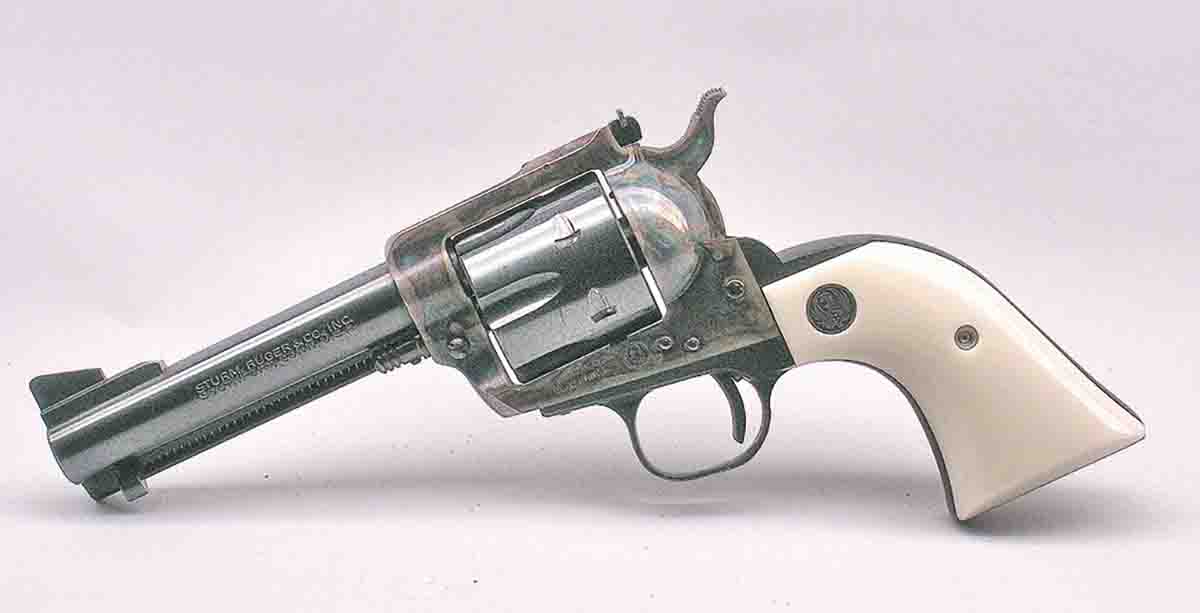
The exchange with Mr. Ruger continued to include the Blackhawk, the logical full-sized extension of the Single Six with adjustable sights chambered for the .357 Magnum. When asked about the origin for the name “Blackhawk,” Mr. Ruger admitted it was “stolen” from one of his favorite cars, the Stutz Blackhawk, a car that set the land speed record in 1928. Reminded of Mr. Ruger’s love and fascination with powerful, older cars (some of the Ruger automobiles patterned after the Stutz and others were stored in the Prescott Ruger plant), I didn’t ask but assumed the little Ruger Bearcat .22 revolver came from the Stutz Bearcat, circa 1912, that was a scaled-down version of the Stutz Blackhawk.
Moving on, I asked about his reaction when someone walked into his office in 1955 and handed him a few fired cartridge casings stamped “.44 Magnum” that had been scrounged from a dumpster or some such. He smiled, and said, “I was stunned. We were just getting underway with the Blackhawk and had that dumped in our lap.” (I didn’t ask how someone came to be “dumpster diving” at the Smith & Wesson plant and delivered the “goods” to Mr. Ruger.)

From its introduction, the Ruger Blackhawk was touted as superior to the older Colt-type revolvers, owing the use of virtually unbreakable coil wire springs to replace the traditional leaf springs common to most revolvers. The new revolver was also produced using modern manufacturing (casting) techniques with chrome-moly steel, fixed frame-mounted firing pin and one piece aluminum alloy grip frame.
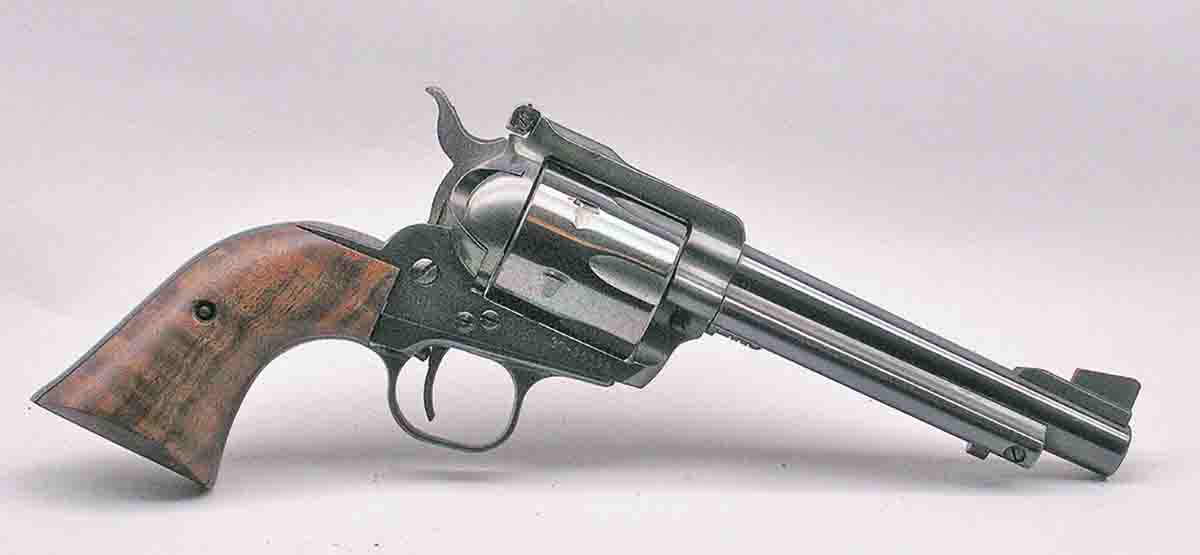
Acknowledging that while Mr. Ruger was going out of his way to accommodate complaints regarding recoil of the early Blackhawk .44 Magnum, I commented that custom gun makers were doing a brisk business chopping Super Blackhawk barrels off to 45⁄8 and/or 51⁄2 inches, to make them a bit lighter for everyday carry. Mr. Ruger said, “We finally responded to that by offering shorter barrels. There was no sense in giving all that business away.”
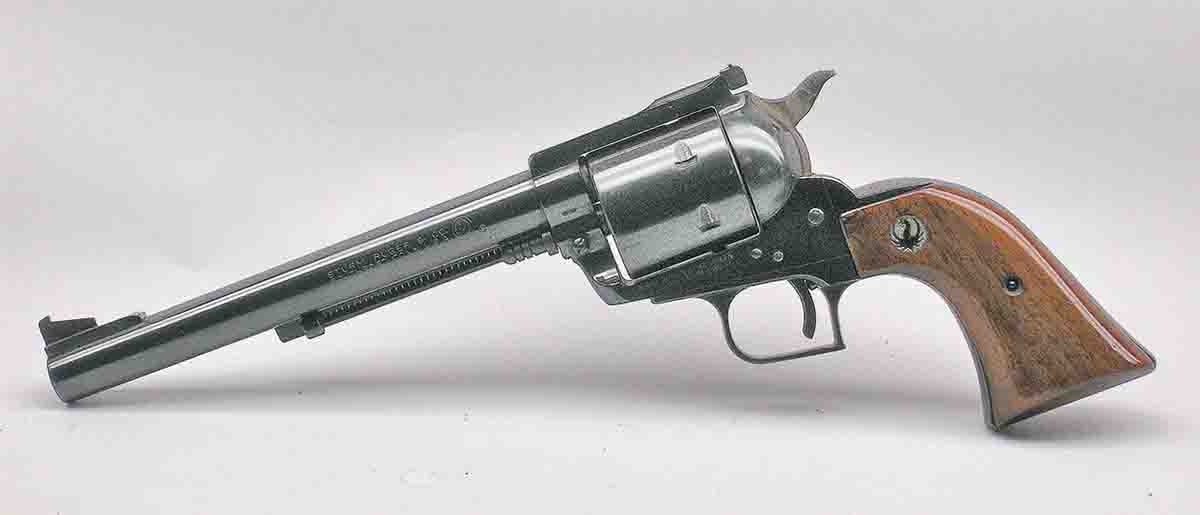
When asked if there was ever any thought of chambering the earlier Colt-sized Blackhawk for the .44 Special, considering the increased size and weight of the Super Blackhawk, Mr. Ruger responded, “No, they would just load the thing [Special] up like the .44 Magnum, and you can shoot .44 Special in the Magnum, so it serves both purposes.”
(Since Sturm, Ruger & Co., Inc. had always stated that the use of handloads in its firearms would void the warranty, I left it at that. Neither was there any reason to mention the hundreds of .357 Magnum Blackhawks that had been converted to .44 Special.)
Meanwhile, the original (flattop) Blackhawk .357 Magnum served to provide the basis for the addition of the .30 Carbine (1968), .41 Magnum (1965) and .45 Colt (1971), which also inherited the raised ribs on the top strap in 1962. Cylinder diameter for the larger calibers was also increased approximately .15 inch, and length was increased to include recessed chambers.
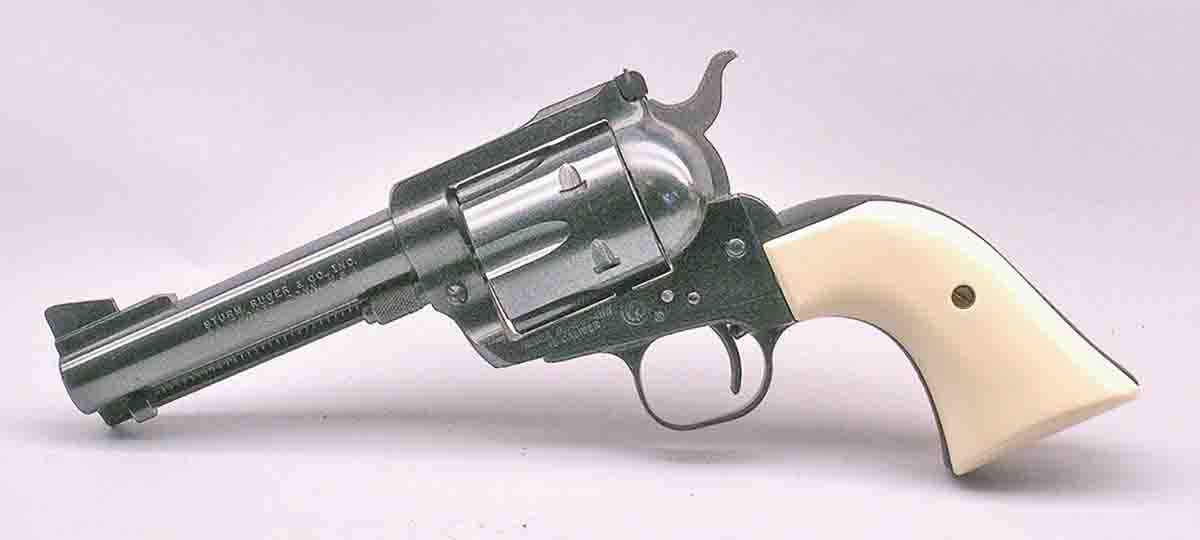
In 1983, a replacement to the firing mechanism advertised for the “Old Models” manufactured prior to 1973 included a transfer bar safety system. Interestingly, while the Old Model incorporated the use of piano wire coil springs, the New Model Blackhawk has one leaf spring that upon opening the loading gate deactivates the cylinder locking bolt to allow the cylinder to rotate during loading and unloading.
In time, the Blackhawk became the foundation for the Old Army, Bisley and Vaquero offshoots. The latest iteration of the
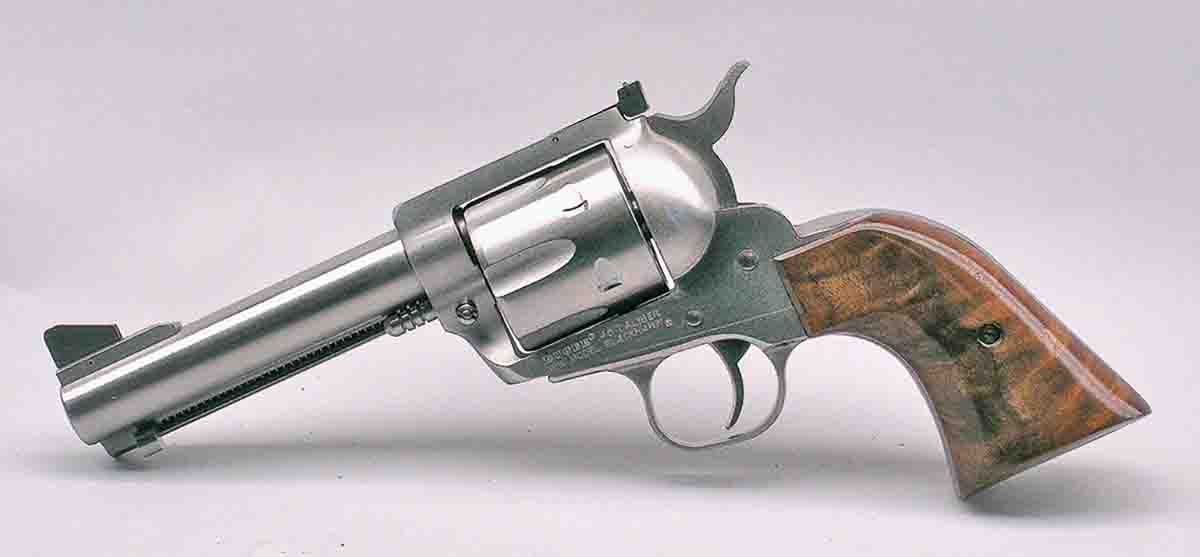
I’ve owned and used a number of Blackhawks over the years, including most calibers in several configurations. They’ve all been rugged and dependable, and more importantly, proved capable of good to fine accuracy. A few of those sixguns have been gussied up by custom gun makers – Hamilton Bowen, Doug Turnbull and John Gallagher – that not only look great but also with minor polishing and tuning make exceptional hunting rigs.
